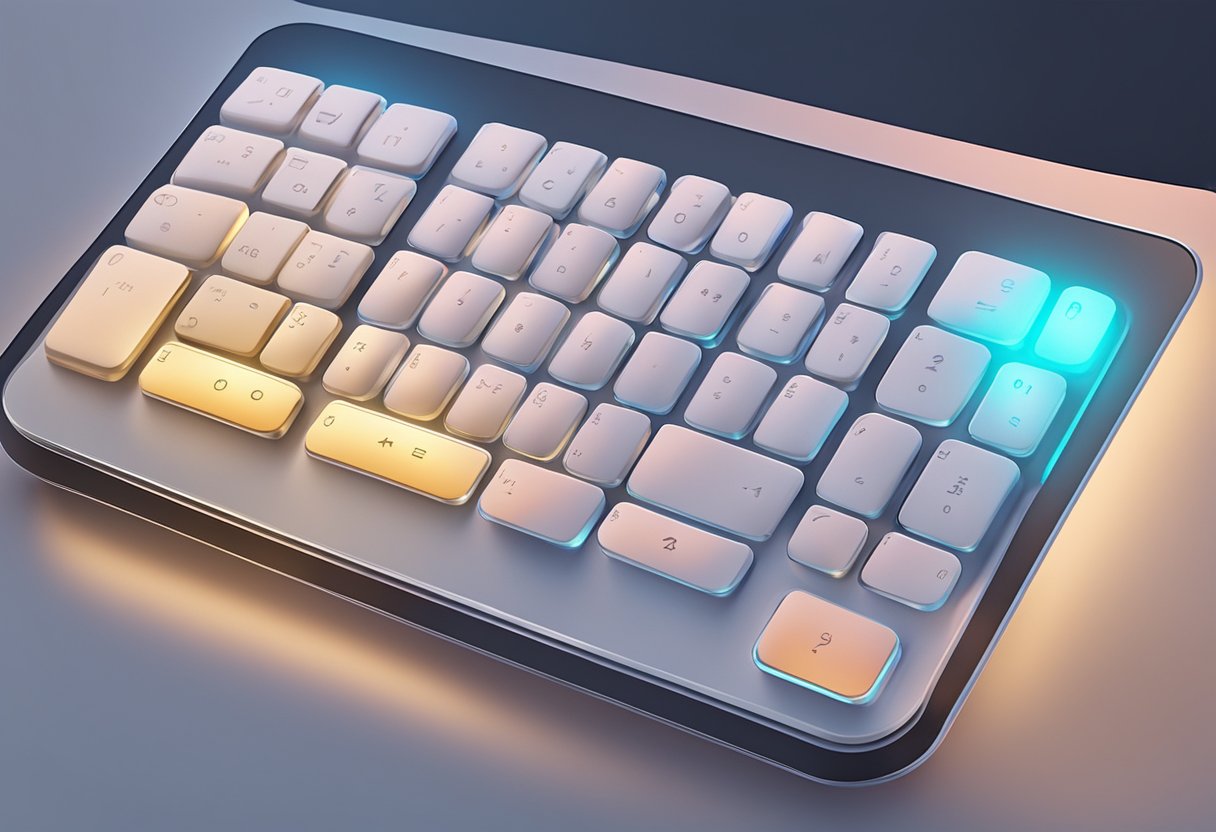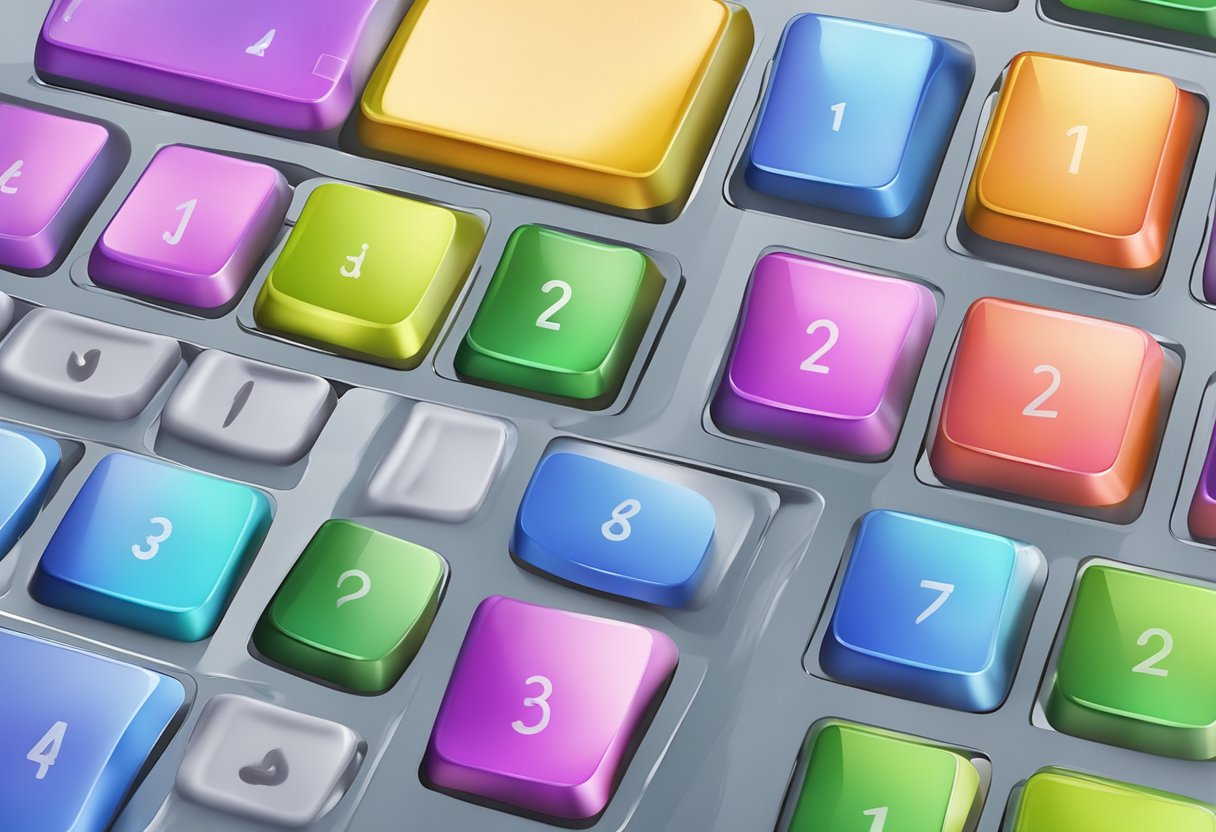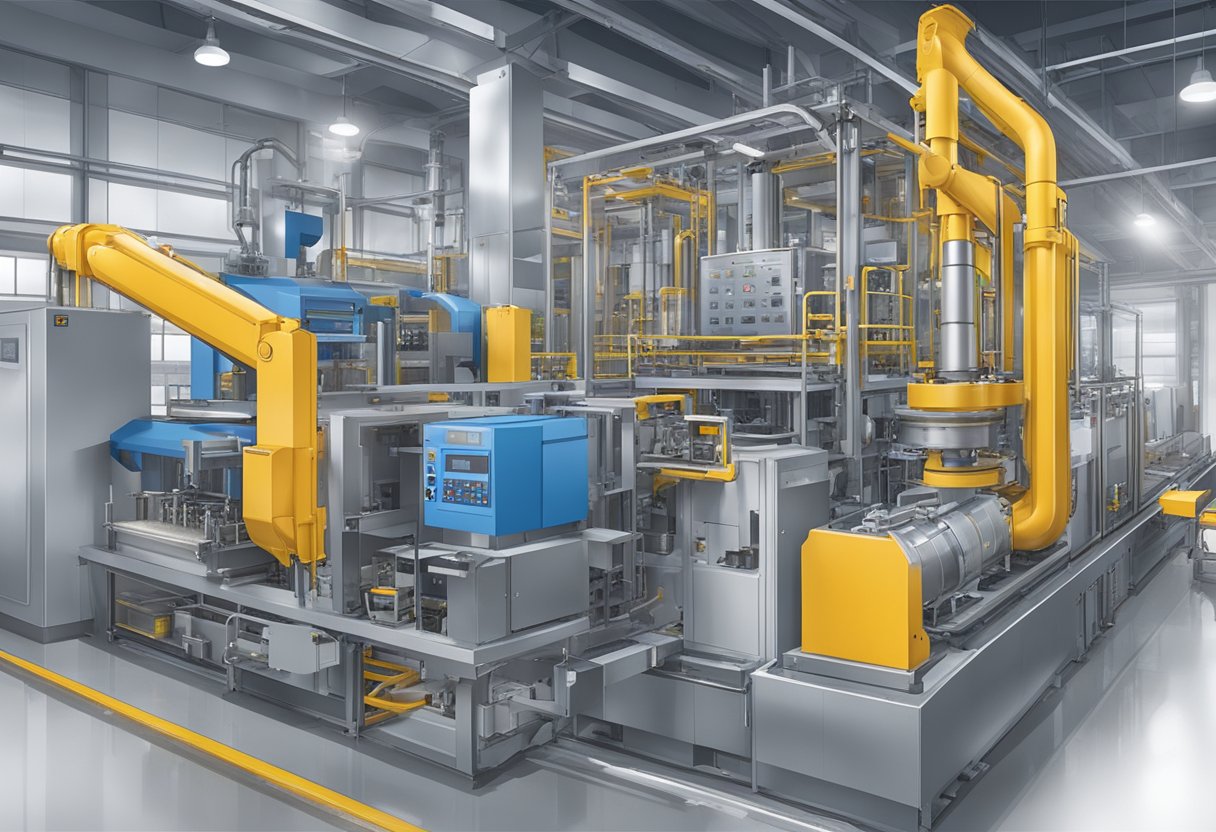Contact
Write to Us And We Would Be Happy to Advise You.
Do you have any questions, or would you like to speak directly with a representative?
By peter
If you’re in need of a membrane keypad supplier, you’re likely looking for a reliable company that can provide you with high-quality products at a competitive price. A membrane keypad is a type of interface that uses pressure pads to register input from the user. This type of technology is commonly used in a variety of industries, including medical, industrial, and consumer electronics.

When searching for a supplier, it’s important to consider a few key factors. First and foremost, you want to ensure that the company you choose has a proven track record of delivering quality products on time. Additionally, you want to work with a supplier that can provide you with a range of options to meet your specific needs. This might include custom designs, different materials, and various sizes and shapes. Finally, you want to work with a supplier that offers competitive pricing and excellent customer service.

When it comes to membrane keypads, there are a few different types to consider. Each type has its own unique advantages and disadvantages, making it important to choose the right one for your specific needs. Here are the three main types of membrane keypads to consider:
Tactile membrane keypads are designed to provide a tactile response when a button is pressed. This type of keypad is often used in situations where users need to be able to feel when a button has been pressed, such as in industrial settings or medical equipment. Tactile membrane keypads are typically more durable than non-tactile keypads, as they are designed to withstand heavy use and harsh environments.
Non-tactile membrane keypads, also known as flat panel membrane keypads, do not provide a tactile response when a button is pressed. Instead, they rely on visual feedback to let users know that a button has been pressed. This type of keypad is often used in situations where users need to be able to input data quickly and accurately, such as in consumer electronics or computer peripherals.
Custom membrane keypads are designed to meet the specific needs of a particular application. This type of keypad can be made to any size or shape, and can include a variety of different features, such as backlighting, custom graphics, or special materials. Custom membrane keypads are often used in situations where a standard keypad will not meet the requirements of a particular project.
In summary, when choosing a membrane keypad supplier, it is important to consider the specific needs of your project, and to choose a supplier who can provide the right type of keypad for your application. Whether you need a tactile membrane keypad, a non-tactile membrane keypad, or a custom membrane keypad, there are many suppliers who can provide high-quality keypads at a competitive price.

When it comes to manufacturing membrane keypads, there are several processes involved that require precision and expertise. Here are some of the most common manufacturing processes used by membrane keypad suppliers:
Screen printing is a popular method used to print the circuitry on the membrane keypad. This process involves creating a stencil of the circuitry on a mesh screen, which is then placed on top of the membrane keypad. Ink is then spread over the screen and pressed through the mesh onto the keypad, creating the circuitry.
Die cutting is a process used to cut the membrane keypad to its final shape. This process involves using a die, which is a specialized tool that is used to cut the keypad into the desired shape. The die is typically made of steel, and it is designed to cut through the membrane material with precision.
Lamination is the process of bonding multiple layers of material together to create the final membrane keypad. This process involves applying an adhesive layer to one or more of the layers, and then pressing the layers together to create a strong bond. Lamination is an important process because it helps to ensure that the membrane keypad is durable and long-lasting.
Overall, these manufacturing processes require specialized equipment and skilled technicians to ensure that the membrane keypads are produced to the highest quality standards. By working with a reputable membrane keypad supplier, you can be confident that your membrane keypads will be manufactured using the latest techniques and technologies.
Membrane keypads are made up of several layers of materials that work together to create a functional input device. The top layer is typically a printed graphic overlay that displays the keys and labels. The bottom layer is a circuit layer that contains the conductive traces and contact pads. The middle layer is a spacer layer that separates the top and bottom layers and provides a tactile response when the keys are pressed.
Polyester is a popular material used for the graphic overlay layer of membrane keypads. It is a durable and flexible material that can be printed with high-quality graphics and colors. Polyester overlays are resistant to abrasion, chemicals, and UV exposure, making them ideal for outdoor and industrial applications.
Polycarbonate is another material used for the graphic overlay layer of membrane keypads. It is a clear and rigid material that can be printed with high-quality graphics and colors. Polycarbonate overlays are resistant to impact, heat, and chemicals, making them ideal for harsh environments.
Silicone rubber is a popular material used for the spacer layer of membrane keypads. It is a soft and flexible material that provides a tactile response when the keys are pressed. Silicone rubber spacers can be customized to provide different levels of tactile feedback, from a soft touch to a click.
In summary, membrane keypads are made up of several layers of materials that work together to create a functional input device. Polyester and polycarbonate are popular materials used for the graphic overlay layer, while silicone rubber is a popular material used for the spacer layer. Each material has its own unique properties that make it suitable for different applications.
When selecting a supplier for your membrane keypad needs, there are a few key factors to consider. In this section, we will discuss the importance of quality certifications, lead time and delivery, and customization capabilities.
One of the most important factors to consider when selecting a membrane keypad supplier is their quality certifications. Make sure the supplier has certifications such as ISO 9001, which ensures that the supplier has a quality management system in place to consistently provide products that meet customer and regulatory requirements. Other certifications to look for include UL, RoHS, and REACH. These certifications ensure that the supplier’s products meet safety and environmental standards.
Another important factor to consider is the supplier’s lead time and delivery capabilities. Make sure the supplier has a reliable and efficient supply chain in place to ensure on-time delivery. Ask about their lead times for both standard and custom orders. A supplier with a shorter lead time can help you reduce your inventory costs and improve your production efficiency.
Finally, consider the supplier’s customization capabilities. Look for a supplier who can provide customized solutions to meet your specific requirements. Ask about their design and engineering capabilities, as well as their ability to provide custom graphics and logos. A supplier with strong customization capabilities can help you differentiate your products in the marketplace.
Overall, selecting the right membrane keypad supplier is crucial to the success of your product. By considering factors such as quality certifications, lead time and delivery, and customization capabilities, you can make an informed decision and choose a supplier who will meet your needs and exceed your expectations.
Membrane keypads are widely used in various industries due to their versatility, durability, and cost-effectiveness. In this section, we will discuss some of the common applications of membrane keypads.
Membrane keypads are commonly used in industrial controls because they can withstand harsh environments, including exposure to dust, moisture, and extreme temperatures. They are also resistant to chemicals and can be easily cleaned. Industrial control applications include control panels, machinery, and equipment used in manufacturing, processing, and automation.
Membrane keypads are also used in medical equipment due to their ability to withstand repeated use, easy cleaning, and resistance to contamination. They are commonly used in devices such as patient monitoring systems, infusion pumps, and diagnostic equipment. Membrane keypads can be designed to meet specific requirements, such as the need for a sterile environment.
Membrane keypads are widely used in consumer electronics due to their low profile, flexibility, and cost-effectiveness. They are commonly used in devices such as remote controls, calculators, and mobile phones. Membrane keypads can be designed to meet specific requirements, such as backlighting, tactile feedback, and custom graphics.
In summary, membrane keypads are versatile, durable, and cost-effective input devices that can be used in a wide range of applications. They are ideal for use in harsh environments, medical equipment, and consumer electronics. With their flexibility in design, they can be customized to meet specific requirements and provide an excellent user experience.
Do you have any questions, or would you like to speak directly with a representative?